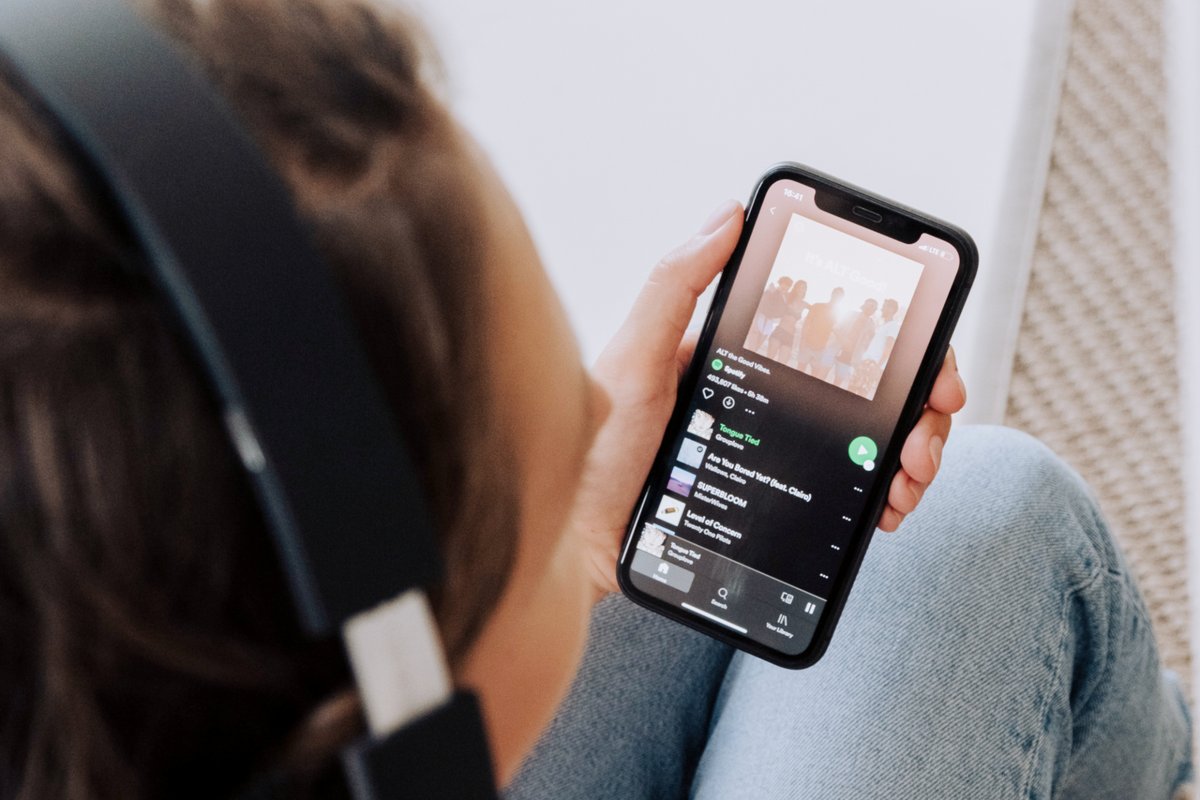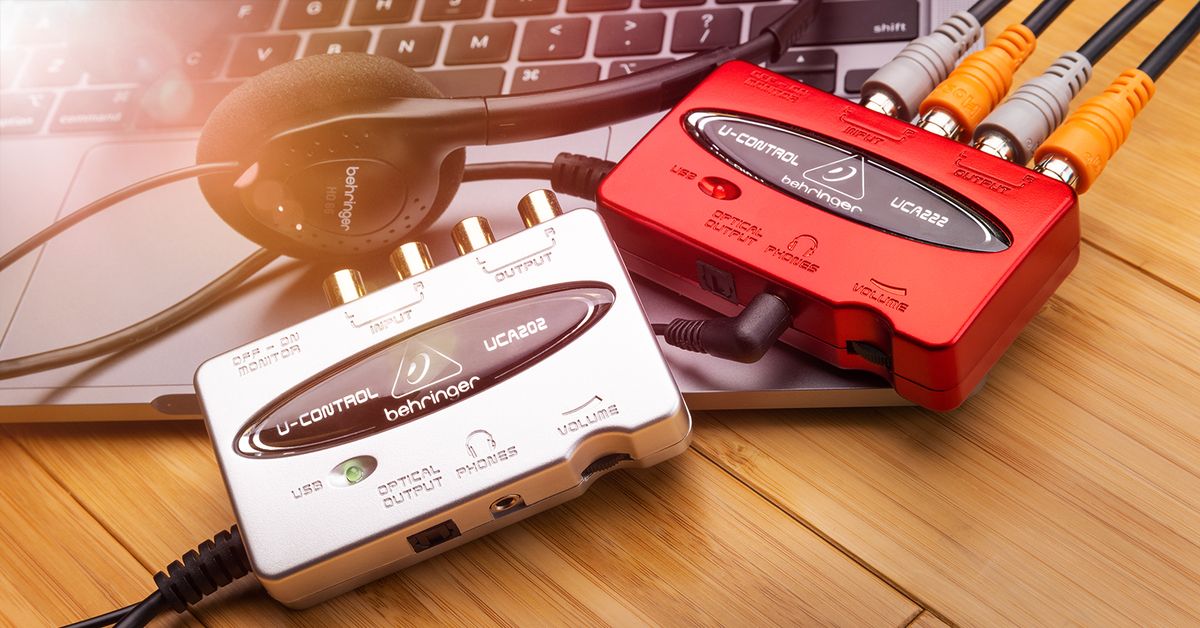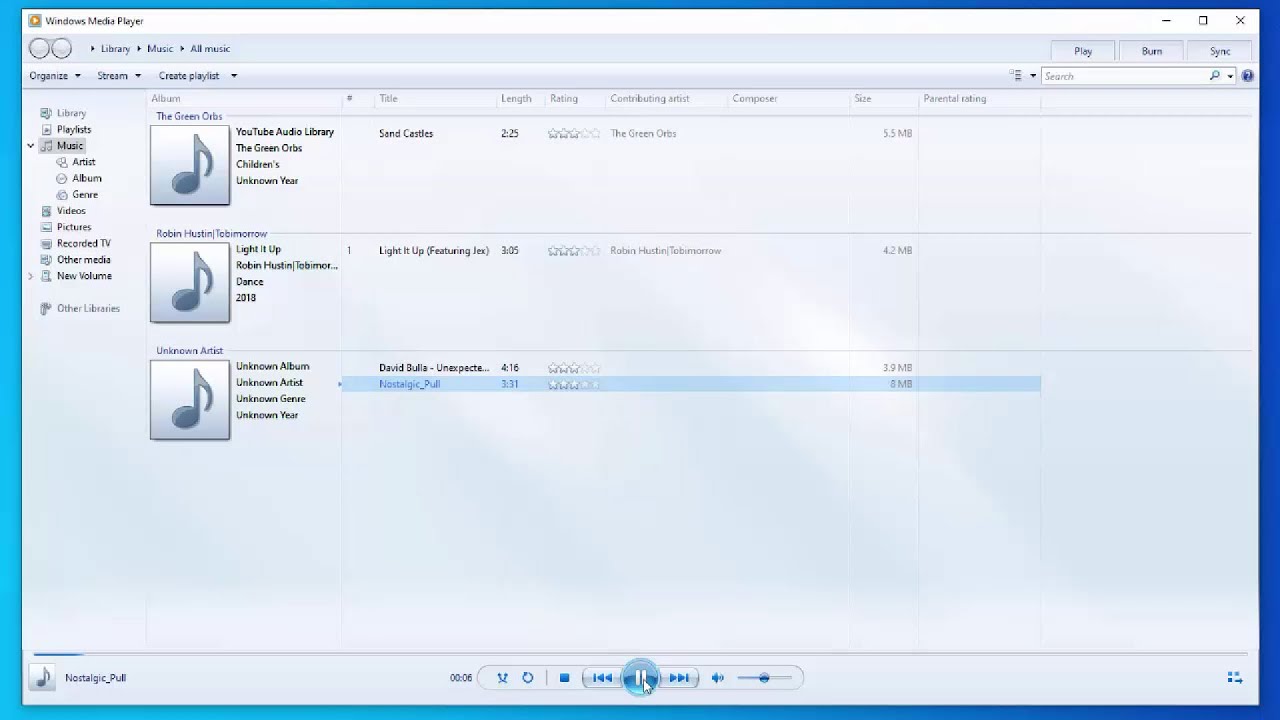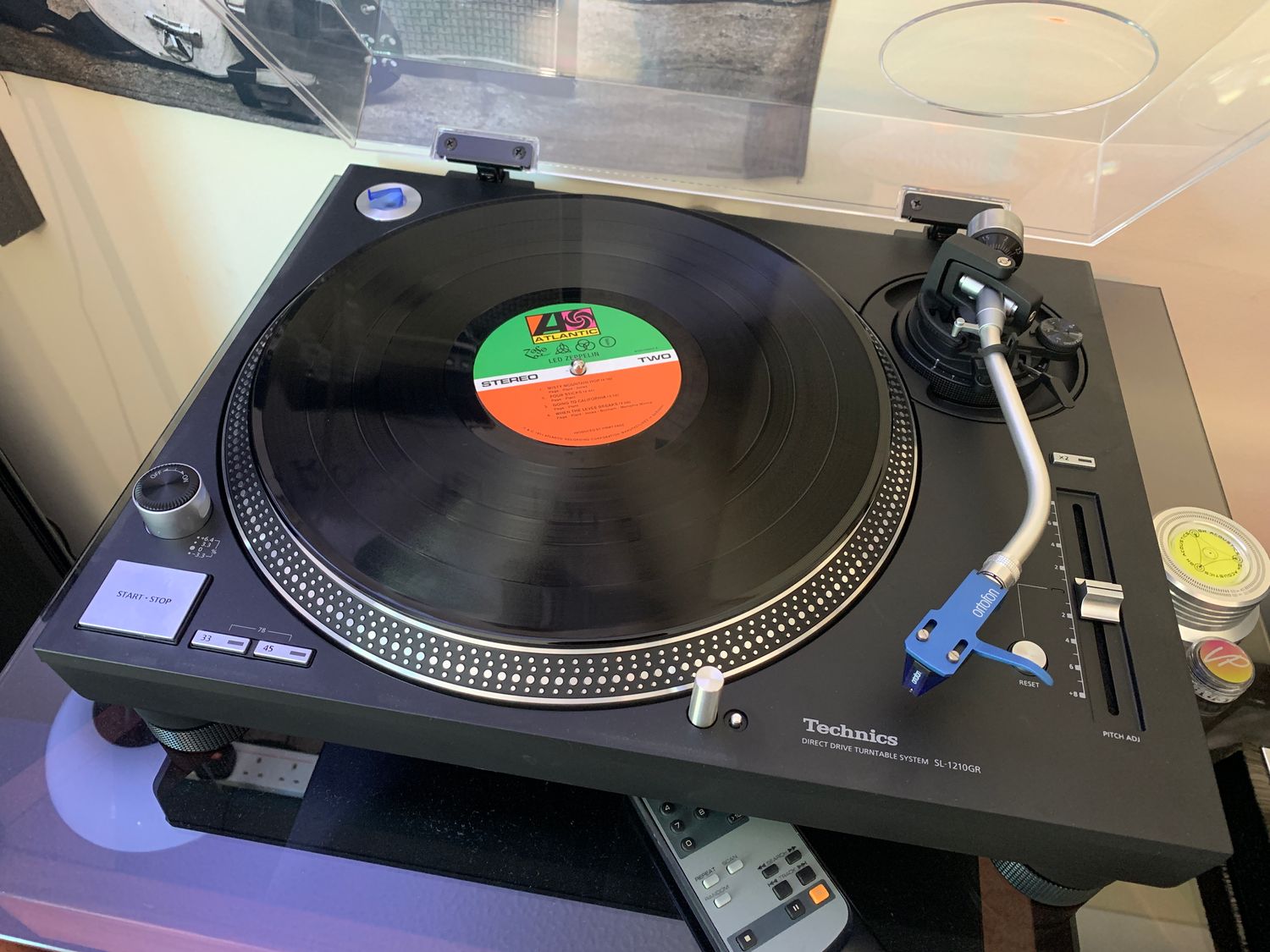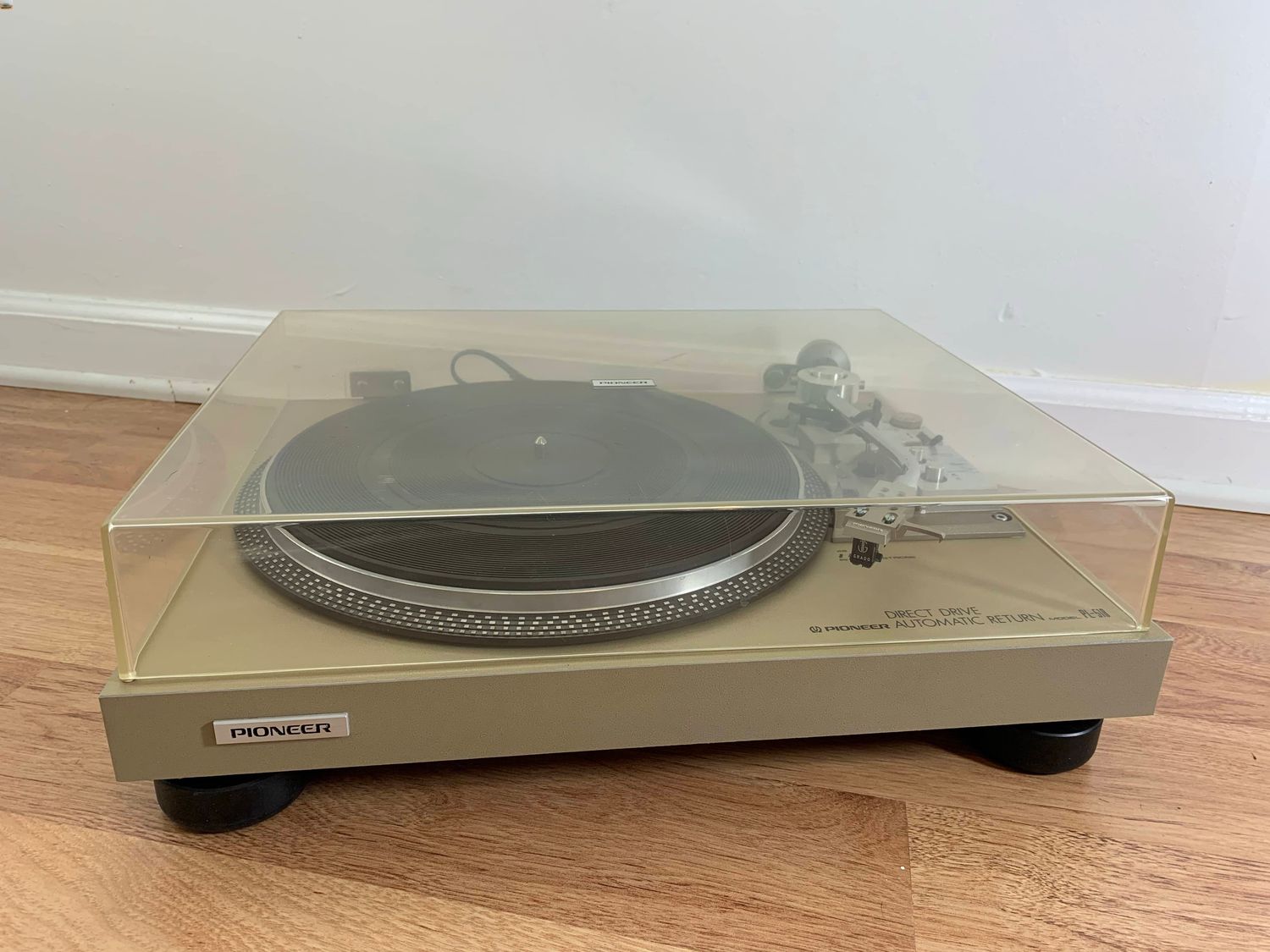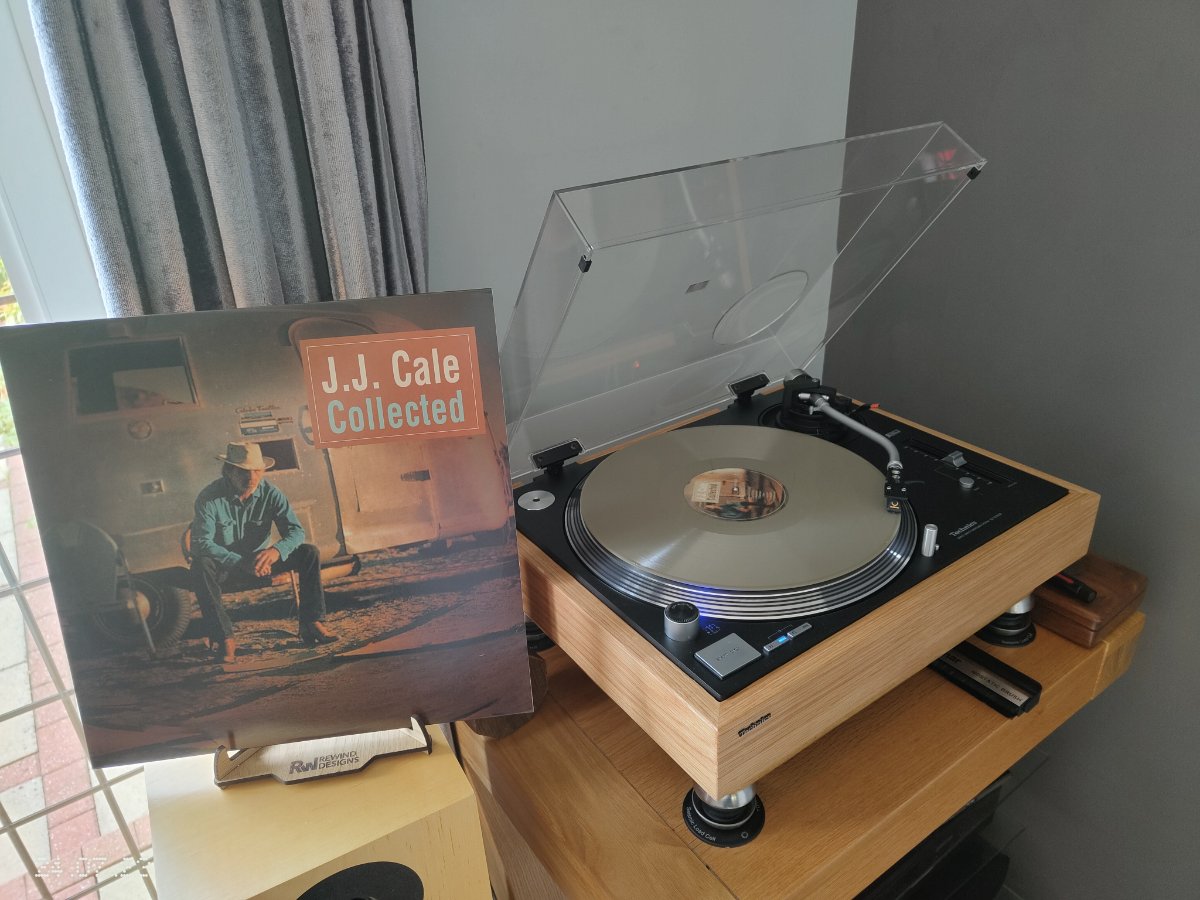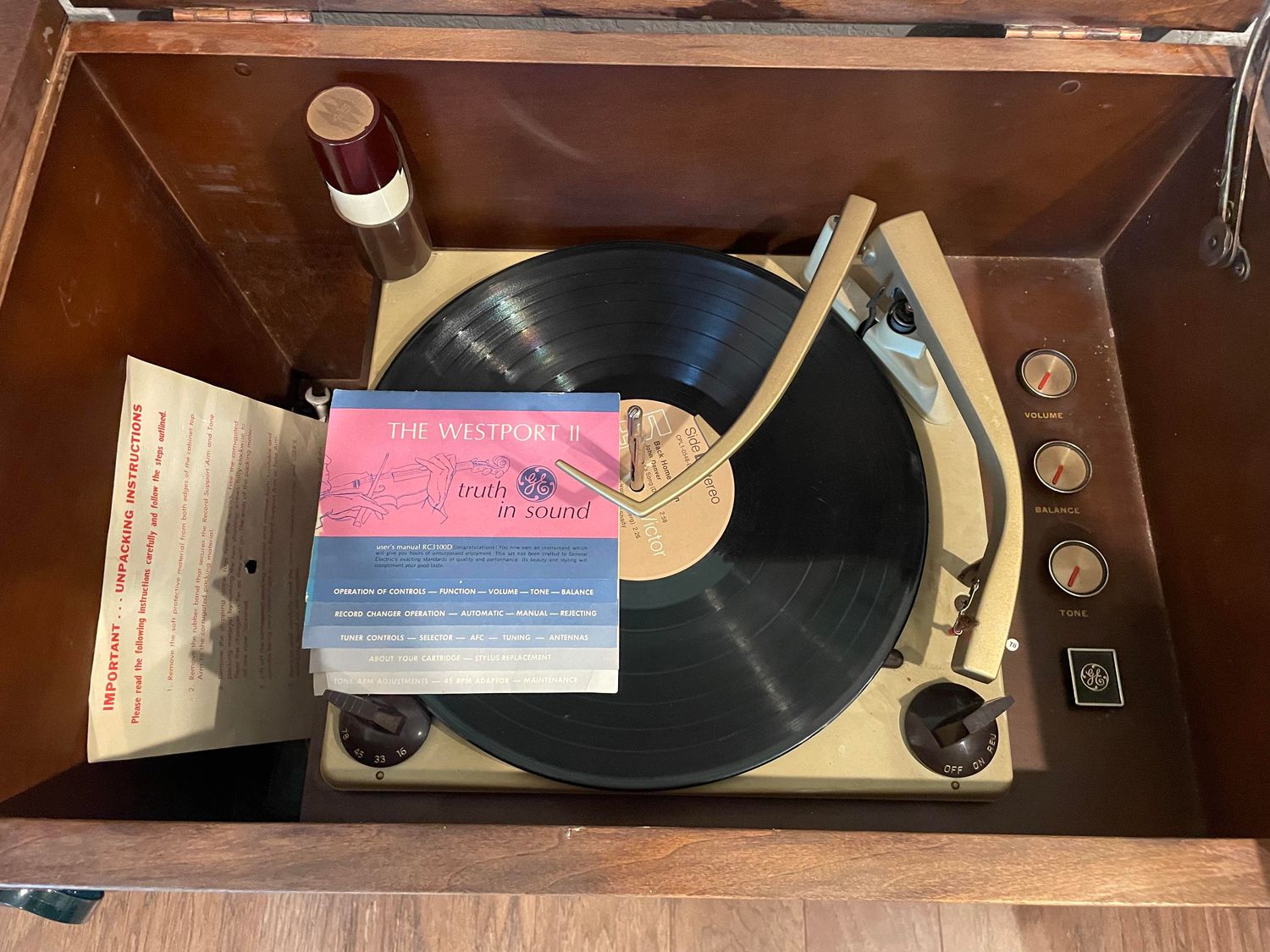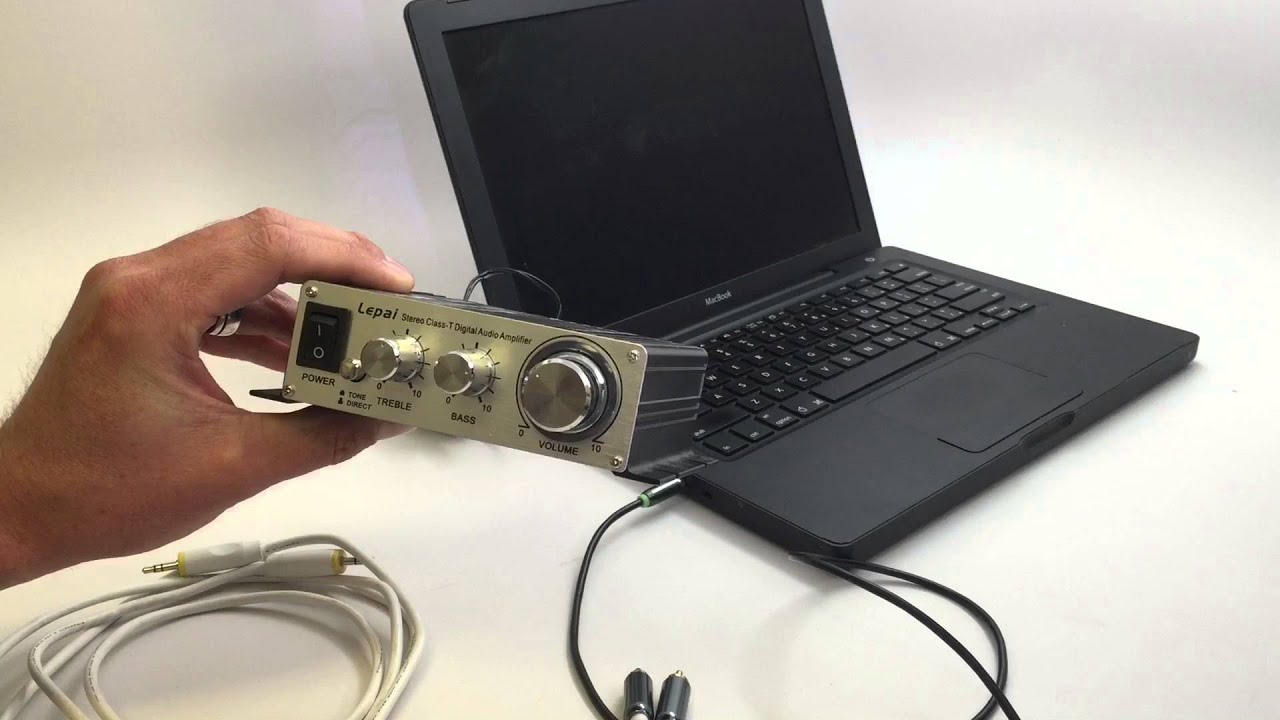Home>Devices & Equipment>Turntable>How Do I Remove My Turntable From Old Record Player
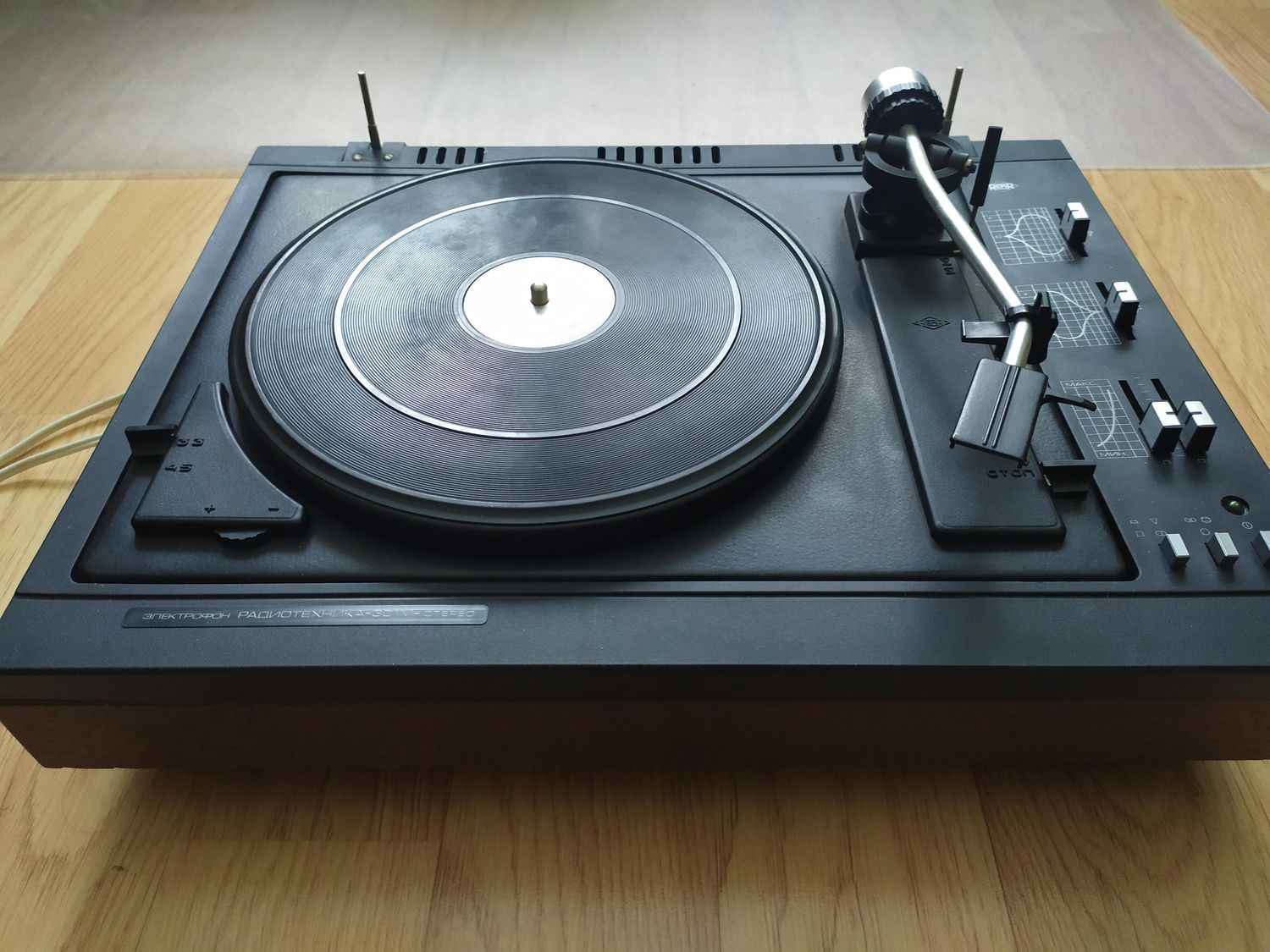

Turntable
How Do I Remove My Turntable From Old Record Player
Published: January 18, 2024
Looking to remove your turntable from an old record player? Learn how to safely remove your turntable in a few simple steps and preserve your vinyl collection.
(Many of the links in this article redirect to a specific reviewed product. Your purchase of these products through affiliate links helps to generate commission for AudioLover.com, at no extra cost. Learn more)
Table of Contents
- Introduction
- Step 1: Gather the necessary tools
- Step 2: Disconnect the power source
- Step 3: Remove the turntable platter
- Step 4: Detach the tonearm and cartridge
- Step 5: Disconnect the audio cables
- Step 6: Remove the turntable from the old record player
- Step 7: Clean and store the turntable properly
- Conclusion
Introduction
When it comes to vinyl records, there’s something nostalgic and enchanting about playing them on a turntable. Whether you’re a die-hard vinyl enthusiast or just starting to explore the world of vinyl, knowing how to remove a turntable from an old record player is essential.
Over time, turntables can become worn out or outdated, and you may need to upgrade to a new model or repair your current one. In order to do so, you’ll first need to remove the turntable from the old record player. While the process may seem daunting, with the right tools and knowledge, it can be relatively simple and straightforward.
In this article, we’ll guide you through the process of removing a turntable from an old record player. We’ll provide step-by-step instructions to ensure you can safely and efficiently disconnect the turntable without causing any damage. Remember to always exercise caution and take your time when removing your turntable to avoid any mishaps or accidents.
Before we begin, make sure you have all the necessary tools on hand. You’ll need a screwdriver or Allen wrench, depending on the type of screws used in your turntable, as well as a soft cloth and cleaning solution to clean the turntable before storing or installing it elsewhere. With these tools at the ready, let’s dive into the step-by-step process of removing your turntable from an old record player.
Step 1: Gather the necessary tools
Before you begin the process of removing your turntable from the old record player, it’s important to gather all the necessary tools. This will ensure that you have everything you need to complete the task efficiently and safely. Here are the essential tools you’ll need:
1. Screwdriver or Allen wrench: In order to access and remove the components of the turntable, you’ll likely need either a screwdriver or an Allen wrench. Check the screws on your turntable to determine which tool is required.
2. Soft cloth: A soft cloth will come in handy for cleaning the turntable before storing or installing it elsewhere. It’s important to remove any dust or debris that may have accumulated on the surface of the turntable.
3. Cleaning solution: Depending on the condition of your turntable, you may need a cleaning solution to remove stubborn stains or grime. Make sure to choose a cleaning solution that is safe for use on turntables and follow the manufacturer’s instructions.
4. Replacement parts (if necessary): If you’re planning to upgrade or repair your turntable, you may need to have replacement parts on hand. This could include a new belt, stylus, or cartridge. Make sure to research and purchase the appropriate replacement parts for your specific turntable model.
By gathering these tools before you start the removal process, you’ll save time and ensure that you have everything you need to successfully disconnect your turntable. Once you have all the necessary tools, you can move on to the next step: disconnecting the power source.
Step 2: Disconnect the power source
Before you begin disassembling your turntable, it’s crucial to ensure that it is completely disconnected from the power source. This step is essential for your safety and preventing any electrical mishaps during the removal process. Here’s how you can safely disconnect the power source from your turntable:
1. Unplug the power cord: Locate the power cord attached to your turntable and follow it to the power outlet. Gently unplug the cord from the outlet, ensuring that you do not pull on the cord itself as this may damage it.
2. Remove batteries (if applicable): If your turntable is battery-operated, remove the batteries to disconnect the power source. Check the user manual or the battery compartment for instructions on how to remove the batteries safely.
3. Allow time for the turntable to power down: Some turntables may have internal power capacitors that hold a charge, even after the power source is disconnected. To ensure safety, allow your turntable to sit idle for a few minutes before proceeding with the removal process.
By following these steps, you’ll effectively disconnect the power source from your turntable. It’s important to note that skipping this step or rushing the process can result in electrical shocks or damage to the turntable. Always prioritize safety and take your time when disconnecting the power source.
Once the power source is disconnected, you can move on to the next step: removing the turntable platter.
Step 3: Remove the turntable platter
Removing the turntable platter is the next crucial step in safely disconnecting your turntable from an old record player. The platter is the rotating component where you place the vinyl record. Here’s how you can remove it:
1. Locate the platter: The platter is usually positioned on top of the turntable and is the component that spins when the record is playing. Identify the platter and take note of any clips or screws holding it in place.
2. Remove any clips or screws: Depending on your turntable model, there may be clips or screws securing the platter. Use a screwdriver or your fingers to loosen and remove these fasteners.
3. Lift the platter: Once the clips or screws are removed, carefully lift the platter straight up using both hands. Be cautious not to force or twist the platter as it may cause damage to the turntable.
4. Clean the platter: Take this opportunity to clean the platter with a soft cloth and cleaning solution. Remove any dust, dirt, or residue that may have accumulated over time.
5. Set the platter aside: After cleaning, set the platter aside in a safe place, away from any potential damage or interference.
By following these steps, you’ll successfully remove the turntable platter from your old record player. Remember to handle the platter with care to avoid any accidental damage. Once the platter is removed, you can proceed to the next step: detaching the tonearm and cartridge.
Step 4: Detach the tonearm and cartridge
Detaching the tonearm and cartridge from your turntable is a crucial step in the process of removing it from an old record player. The tonearm is the part that holds the cartridge, which houses the stylus that reads the grooves of the record. Here’s how you can detach the tonearm and cartridge:
1. Lift the tonearm: Gently lift the tonearm from its resting position, making sure to support it with your hand to avoid any accidental damage. Be careful not to drop the tonearm or let it swing freely.
2. Locate the tonearm locking mechanism: Look for a small lever or button near the base of the tonearm. This mechanism locks the tonearm in place to prevent it from moving during transportation or storage.
3. Release the tonearm locking mechanism: Depending on your turntable model, you may need to push a lever or press a button to release the tonearm locking mechanism. Once released, the tonearm should move freely.
4. Remove the cartridge: The cartridge is the component that contains the stylus. It is attached to the end of the tonearm by a small set screw or a clip. Check your turntable’s user manual or the manufacturer’s instructions to determine the specific method for removing the cartridge.
5. Disconnect the wires: If your turntable has detachable wires connecting the cartridge to the tonearm, carefully detach them according to the manufacturer’s instructions. Take note of the wire configuration to ensure proper reinstallation later.
6. Set aside the tonearm and cartridge: Once the tonearm and cartridge are detached, set them aside in a safe place, preferably in a protective case or packaging to avoid any damage.
By following these steps, you’ll safely detach the tonearm and cartridge from your turntable. Take your time and handle the components with care to prevent any accidental damage. With the tonearm and cartridge removed, you can now proceed to the next step: disconnecting the audio cables.
Step 5: Disconnect the audio cables
Disconnecting the audio cables is an essential step in the process of removing your turntable from an old record player. The audio cables connect the turntable to the amplifier or receiver, allowing you to listen to the music from your vinyl records. Here’s how you can disconnect the audio cables:
1. Locate the audio cables: Look for the cables that are connecting the turntable to the amplifier or receiver. These cables are usually color-coded (red and white) or have specific labeling indicating their purpose.
2. Identify the connection points: Take note of where the audio cables are connected on both the turntable and the amplifier or receiver. They are typically plugged into specific input ports labeled “Phono” or “Turntable”.
3. Gently remove the cables: Carefully disconnect the audio cables from both the turntable and the amplifier or receiver. In some cases, the cables may have RCA connectors that can simply be pulled out. In other cases, they may be secured with screws or clips that need to be loosened first.
4. Store the cables: Once disconnected, it’s a good idea to store the audio cables in a safe and organized manner. Avoid twisting or bending the cables excessively, as this may cause damage.
5. Inspect the cables: While disconnecting the audio cables, take a moment to inspect them for any signs of wear or damage. If you notice any frayed wires or loose connections, it may be necessary to replace the cables before reinstalling the turntable.
By following these steps, you’ll successfully disconnect the audio cables from your turntable. Properly storing and inspecting the cables ensures that they remain in good condition for future use. With the audio cables disconnected, you’re now ready to move on to the next step: removing the turntable from the old record player.
Step 6: Remove the turntable from the old record player
Now that you have successfully disconnected the various components of your turntable, it’s time to remove it from the old record player. This step requires a bit of precision and careful handling to ensure that the turntable is safely detached. Follow these steps to remove the turntable:
1. Assess the mounting mechanism: Take a close look at how the turntable is mounted within the old record player. It may be secured with screws, clips, or a mounting plate. Thoroughly examine the mounting mechanism to understand how it needs to be disassembled.
2. Loosen and remove mounting screws or clips: If your turntable is secured with screws or clips, use a screwdriver or your fingers to loosen and remove them. Make sure to keep track of any small screws or components to avoid losing them.
3. Disconnect any remaining wires or cables: Check if there are any remaining wires or cables that are still attached to the turntable. This could include grounding wires or additional audio cables. Disconnect them carefully, taking note of their positions for reassembly later.
4. Lift and remove the turntable: With the screws, clips, and cables detached, carefully lift the turntable out of the old record player. Be cautious not to twist or force the turntable, as this can cause damage to both the turntable and the record player.
5. Clean the record player: After removing the turntable, take the opportunity to clean the interior of the old record player. Use a soft cloth and cleaning solution to remove any dust, dirt, or debris that may have accumulated over time.
6. Store the turntable safely: Once removed, store the turntable in a safe and protected place, away from potential damage or interference. Consider using a protective case or wrapping it in bubble wrap to keep it safe during storage or transport.
By following these steps, you’ll successfully remove the turntable from the old record player. Remember to handle the turntable gently and take precautions to avoid any accidental damage. With the turntable safely removed, you can proceed to the next step: cleaning and storing it properly.
Step 7: Clean and store the turntable properly
After successfully removing the turntable from the old record player, it’s essential to clean and store it properly to ensure its longevity and optimal performance. Here’s how you can clean and store your turntable:
1. Clean the turntable surface: Use a soft cloth and a mild cleaning solution specifically designed for turntables to wipe down the surface. Remove any dust, fingerprints, or dirt that may have accumulated. Be gentle and avoid using abrasive materials that could scratch the turntable.
2. Clean the stylus: The stylus is the part of the cartridge that comes into direct contact with the record’s grooves. Carefully clean the stylus using a stylus brush or a specialized stylus cleaning solution. Follow the manufacturer’s instructions to ensure proper cleaning and maintenance.
3. Inspect and clean the tonearm: Take a closer look at the tonearm and gently wipe it down with a soft cloth. Pay attention to any areas that may have accumulated dust or debris. Be careful not to put excessive pressure on the tonearm, as it is a delicate component.
4. Store the turntable securely: Once the turntable is clean and dry, store it in a secure and stable location. Consider using a dedicated turntable case or dust cover to protect it from dust, moisture, and potential damage. Avoid storing the turntable in extreme temperatures or humid environments.
5. Keep the turntable upright: Store the turntable in an upright position, preferably on a sturdy shelf or table. Avoid placing heavy objects on top of it or stacking it with other items, as this can cause pressure and damage to the delicate components.
6. Protect the turntable from vibrations: Turntables are sensitive to vibrations, which can affect the quality of audio playback. Ensure that the storage location is free from excessive vibrations, such as near speakers or other electronic devices that emit low-frequency noises.
7. Maintain regular maintenance: Even when not in use, periodically inspect and clean the turntable to prevent dust build-up and maintain its performance. Follow the manufacturer’s recommended maintenance schedule and guidelines for optimal care.
By following these steps, you’ll properly clean and store your turntable, ensuring its longevity and preserving its audio quality. Proper maintenance will not only protect your investment but also enhance your overall listening experience when you reintroduce the turntable into your setup in the future.
Conclusion
Removing a turntable from an old record player can seem like a daunting task, but with the right tools and knowledge, it can be a simple and rewarding process. By following the step-by-step guide provided in this article, you can safely disconnect the turntable and prepare it for repair, upgrade, or storage.
Remember to gather all the necessary tools before starting, including a screwdriver or Allen wrench, soft cloth, and cleaning solution. Disconnecting the power source, removing the turntable platter, detaching the tonearm and cartridge, disconnecting the audio cables, and finally removing the turntable itself are all essential steps in the process.
Throughout the removal process, take your time and handle the components with care to avoid any accidental damage. Be sure to clean the turntable and its components using the appropriate cleaning solutions to maintain their performance and longevity.
When storing the turntable, choose a safe and secure location, keeping it upright and protected from vibrations and environmental factors. Regularly inspect and maintain the turntable, even while in storage, to ensure it remains in proper working condition.
By following these steps and properly caring for your turntable, you can continue to enjoy the charm and beauty of vinyl records for years to come. So go ahead, remove and store your turntable safely, and set the stage for many more memorable moments of music enjoyment in the future.

